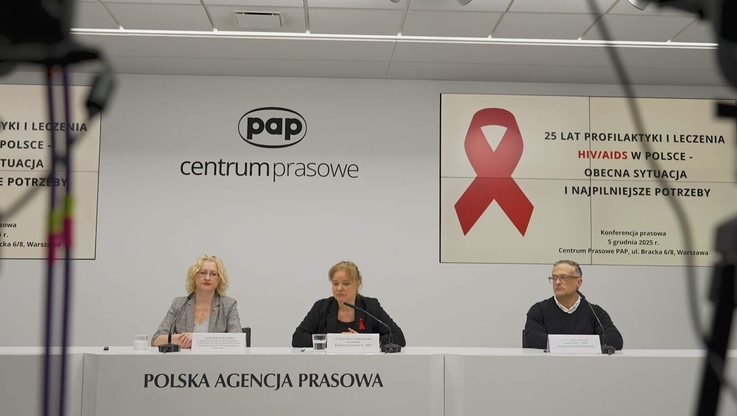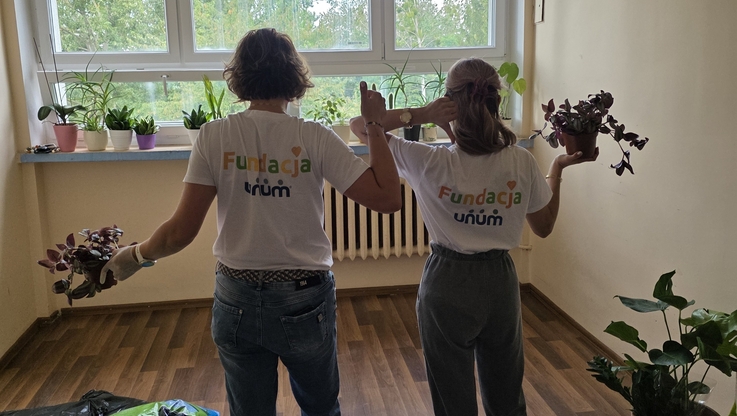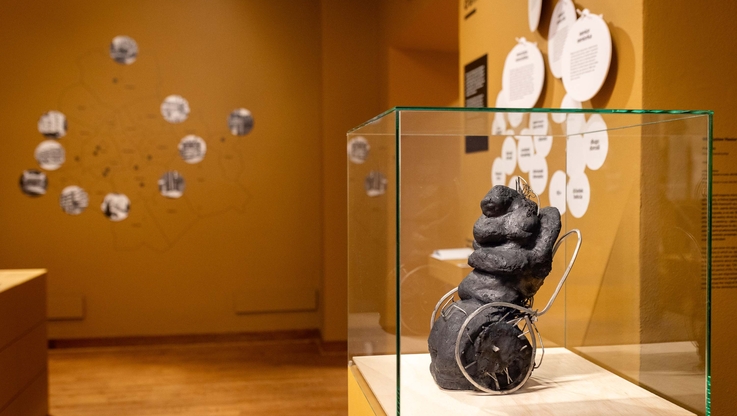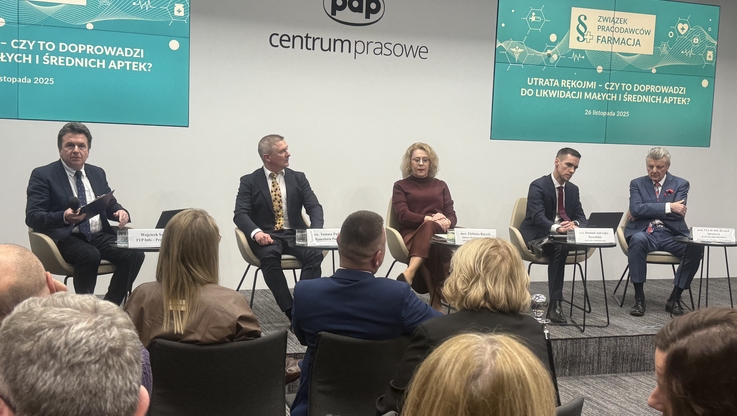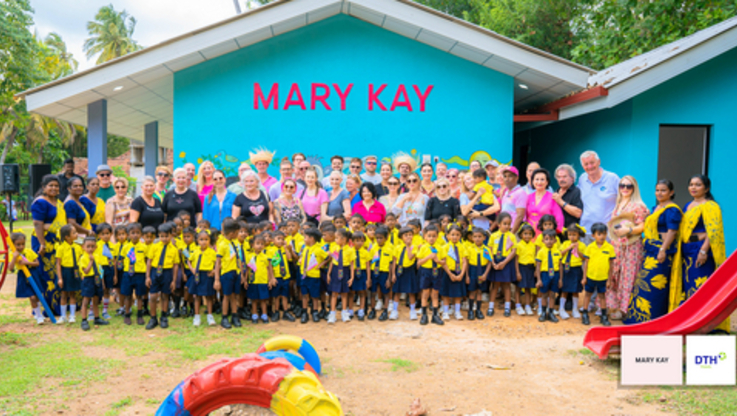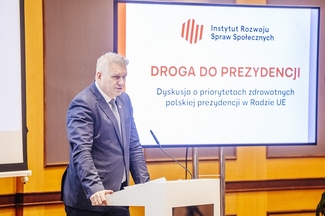Pobierz materiał i Publikuj za darmo
Hong Kong - A new report published today by the International Osteoporosis Foundation (IOF) warns of a dramatic rise in osteoporosis-related fractures in the Asia-Pacific region. With a projected 230% and 144% increase in those aged over 70 years and 50 years respectively, the number of hip fractures are expected to at least double by 2050. Therefore, although populations may live longer their musculoskeletal health will be seriously compromised leading to disability, loss of independence and even early death. Socio-economic costs will also soar unless healthy active ageing is encouraged.
Hip fractures, which usually occur in the elderly aged over 70, are the most serious and costly of osteoporotic fractures. Most countries in Asia have already seen a 2-3 fold increase in hip fracture incidence over the past 30 years. The trend is expected to accelerate with 50% of all hip fractures in the world occurring in Asia by 2050. By then the population aged over 50 will almost double. China and India, the most populous countries in the world, will have almost 430 million people aged 70 or over by 2050.
Aside from the high cost of acute care, approximately 33% of patients are totally dependent on caregivers in the year following the fracture, and about one in five will die within the year. Urbanization in the Asia-Pacific region is also impacting on fracture rates, which are higher in urban settings with sedentary and indoor lifestyles contributing to widespread vitamin D deficiency and poor bone and muscle health.
Will health-care systems be able to cope with the projected need for acute and long-term care following hip fractures? To reduce death and disability, hip fracture patients require timely surgery and rehabilitation. In less economically developed regions of Asia, surgical care may not be available or reimbursed. In countries such as Vietnam, Sri Lanka, Philippines and Pakistan less than 50% of hip fractures are surgically treated. A patient who must pay out of pocket for surgery may face impoverishment or, without surgery, extreme disability.
Prof. John A. Kanis, President, IOF, stated "Worldwide, one in three women and one in five men over the age of 50 will break a bone due to osteoporosis, and timely diagnosis and treatment is of paramount importance. IOF urges governments throughout Asia to step up prevention efforts. Osteoporosis and musculoskeletal diseases should be a priority issue on national health-care agendas."
Specifically, the IOF report urges authorities to:
1. Address widespread vitamin D deficiency and low calcium levels in the population.
2. Encourage lifestyle prevention measures such as outdoor physical activity and smoking cessation.
3. Reimburse treatment so that people who have osteoporosis can reduce their risk of fracture.
4. Provide sufficient and accessible diagnostic services.
5. Devote resources to developing specialty training in osteoporosis for physicians.
6. Establish Fracture Liaison Services in clinics to help identify and offer treatment to fracture patients.
7. Promote research and fracture registries to find appropriate national solutions to the problem.
8. Raise public awareness about the importance of exercise and nutrition, especially among the younger population.
Access the IOF Asia-Pacific Regional Audit: http://bit.ly/1dgbkgy
Production of the Audit was supported by unrestricted educational grants from GSK, Fonterra and Servier.
About IOF
The International Osteoporosis Foundation (IOF) is the world's largest non-governmental organization dedicated to the prevention, diagnosis and treatment of osteoporosis and related musculoskeletal diseases. IOF members include 216 societies, working together to make bone, joint and muscle health a worldwide heath care priority. http://www.iofbonehealth.org.
CONTACT:
Charanjit K. Jagait
Communications Director
tel. +41 22 9940102
mob. +41 79 8745208
e-mail: cjagait@iofbonehealth.org
Source: APA-OTS
Pobierz materiał i Publikuj za darmo
bezpośredni link do materiału
| Data publikacji | 12.12.2013, 07:55 |
| Źródło informacji | PAP |
| Zastrzeżenie | Za materiał opublikowany w serwisie PAP MediaRoom odpowiedzialność ponosi – z zastrzeżeniem postanowień art. 42 ust. 2 ustawy prawo prasowe – jego nadawca, wskazany każdorazowo jako „źródło informacji”. Informacje podpisane źródłem „PAP MediaRoom” są opracowywane przez dziennikarzy PAP we współpracy z firmami lub instytucjami – w ramach umów na obsługę medialną. Wszystkie materiały opublikowane w serwisie PAP MediaRoom mogą być bezpłatnie wykorzystywane przez media. |

